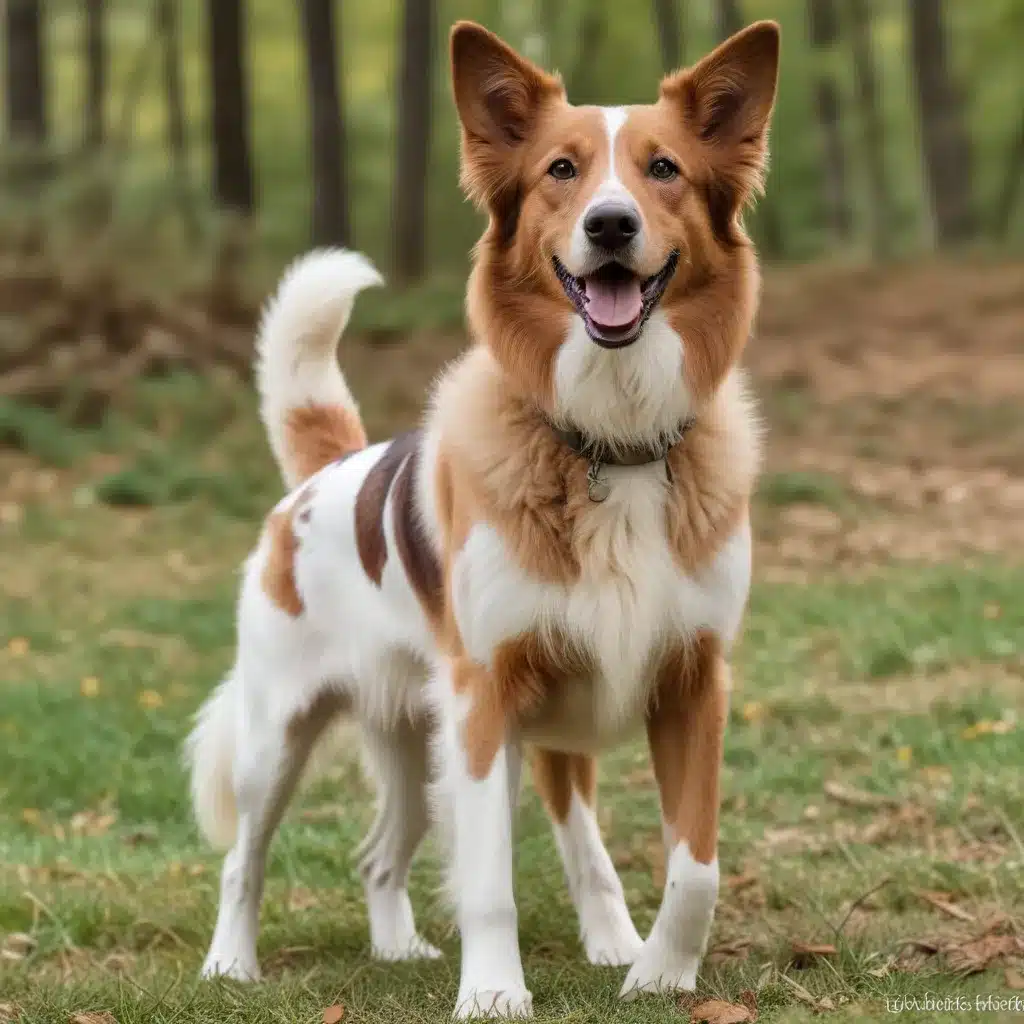
Transitioning from Clicker Training to More Advanced Techniques
As an experienced avian caretaker, I’ve seen firsthand the transformative power of clicker training for birds. This foundational technique lays the groundwork for building a strong rapport with our feathered companions, allowing us to communicate effectively and shape complex behaviors. However, the avian training journey doesn’t end there. To truly unlock the full potential of our birds, we must be willing to expand our toolkit and explore more advanced training methods.
Clicker Training for Birds
The principles of clicker training are relatively straightforward. By using a small handheld device that produces a distinct “click” sound, we can instantly mark the precise moment a bird performs a desired behavior. This clear communication, paired with the delivery of a reward, helps reinforce and encourage the behavior. Over time, our birds learn to associate the click with a positive outcome, making it an invaluable training tool.
Implementing clicker training effectively requires mastering a few key elements. First and foremost, we must ensure our birds understand the meaning of the click. This involves extensive conditioning, where we click and immediately follow with a treat, until the bird makes the connection. Secondly, we must be diligent in our timing, clicking the moment the desired behavior occurs. Proper timing is crucial for clear communication and optimal learning.
The benefits of clicker training are numerous. It allows us to capture and reinforce even the smallest approximations of a behavior, gradually shaping it into the final desired outcome. This precision and positive reinforcement approach builds trust, engagement, and a genuine desire to cooperate from our avian companions. Additionally, clicker training can be applied across a wide range of behaviors, from basic commands to complex tricks and husbandry behaviors.
Transitioning to Advanced Techniques
While clicker training provides a solid foundation, it’s essential to recognize when it’s time to transition to more advanced training techniques. As our birds become proficient in the basics, we can start exploring operant conditioning strategies that allow for even greater complexity and nuance in their learning.
Identifying Appropriate Techniques
One of the key factors in determining the right advanced techniques is understanding our individual bird’s temperament, learning style, and specific training goals. Some birds may thrive with the clear structure and immediate feedback of clicker training, while others may respond better to more flexible, reward-based approaches. It’s crucial to observe our birds closely and experiment to find the methods that resonate most with them.
Shaping Complex Behaviors
Moving beyond simple commands, we can use advanced training techniques to shape complex behaviors in our birds. This might involve breaking down a behavior into smaller, more manageable steps, and gradually reinforcing each successive approximation. For example, teaching a bird to step onto a scale for weight checks might start with simply touching the scale, then stepping on with one foot, and eventually standing fully on the scale.
Operant Conditioning Strategies
Operant conditioning, the process of reinforcing behaviors to increase their frequency, offers a wealth of possibilities for avian training. Beyond the classic clicker training method, we can explore techniques like differential reinforcement, where we reinforce desired behaviors while withholding reinforcement for undesired behaviors. Additionally, variable reinforcement schedules, where rewards are delivered unpredictably, can help maintain behaviors over the long term.
Positive Reinforcement Training
At the heart of any successful avian training program is the use of positive reinforcement. By focusing on rewarding desired behaviors, we create an environment where our birds are eager to learn and engage with us.
Reward-Based Approaches
The key to effective positive reinforcement is understanding the concept of primary and secondary reinforcers. Primary reinforcers are inherently rewarding, such as favorite foods or treats, while secondary reinforcers, like verbal praise or petting, derive their value through association. Incorporating a variety of reinforcers, both primary and secondary, can keep our training sessions engaging and motivating for our birds.
Behavior Modification
Beyond simply rewarding desired behaviors, we can also employ behavior modification techniques to address undesirable behaviors. This might involve arranging the environment to prevent the undesired behavior from occurring in the first place (antecedent arrangements) or strategically managing the consequences of the behavior to discourage its repetition.
Avian Behavior and Psychology
To truly excel at advanced avian training, it’s essential to have a deep understanding of bird cognition, perception, and motivation.
Understanding Bird Cognition
Birds possess remarkable cognitive abilities, with advanced capacities for perception, attention, memory, and learning. By recognizing how our feathered friends process information and form associations, we can tailor our training approaches to align with their natural learning styles.
Motivational Factors
Effective training hinges on our ability to identify and address the unique motivational factors that drive each individual bird. This might involve catering to species-specific needs, such as the foraging instincts of parrots, or recognizing and reinforcing individual preferences and quirks.
Practical Considerations
As we venture into more advanced training techniques, there are several practical factors to consider to ensure the success and well-being of our avian companions.
Training Environment
The physical environment in which we train our birds plays a crucial role. Ensuring a properly designed and equipped cage, with ample enrichment opportunities, can help minimize distractions and set our birds up for success. Additionally, considering the acoustics and lighting of the training space can further optimize the learning experience.
Training Plan Development
Crafting a comprehensive training plan, complete with clear goals and incremental progress milestones, is essential for guiding our birds through the learning process. By breaking down complex behaviors into manageable steps and celebrating small victories along the way, we can foster a sense of confidence and accomplishment in our feathered friends.
Remember, the journey of avian training is a continuous one, filled with opportunities for growth and discovery. By embracing the transition from clicker training to more advanced techniques, we can unlock the full potential of our birds, forging even stronger bonds and creating truly exceptional avian companions. Mika Birds Farm is committed to providing the resources and support you need to embark on this transformative journey.


